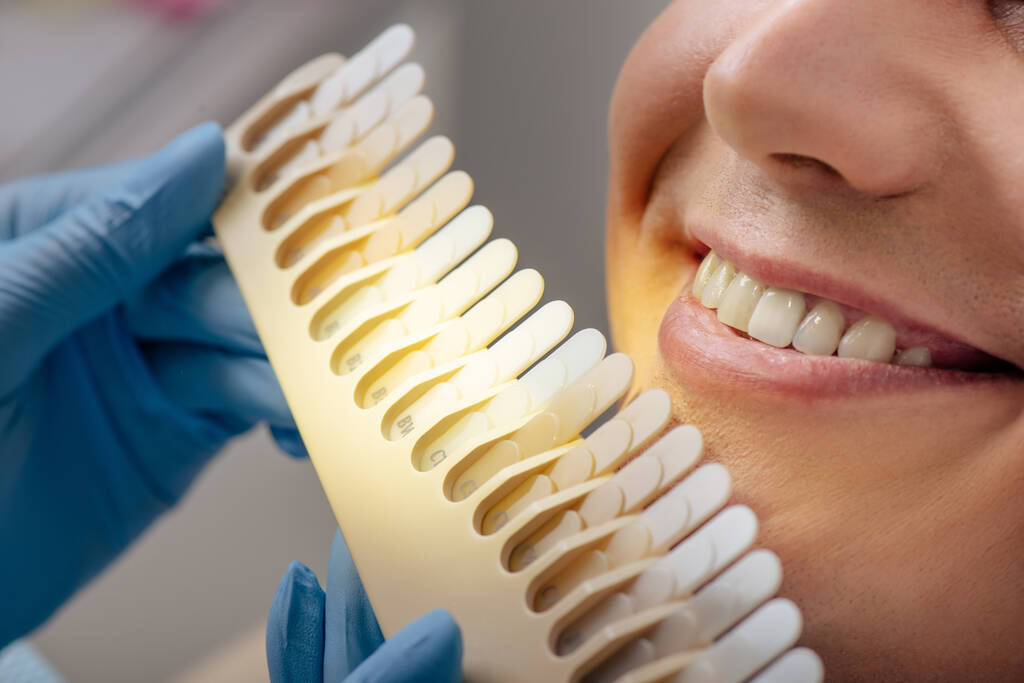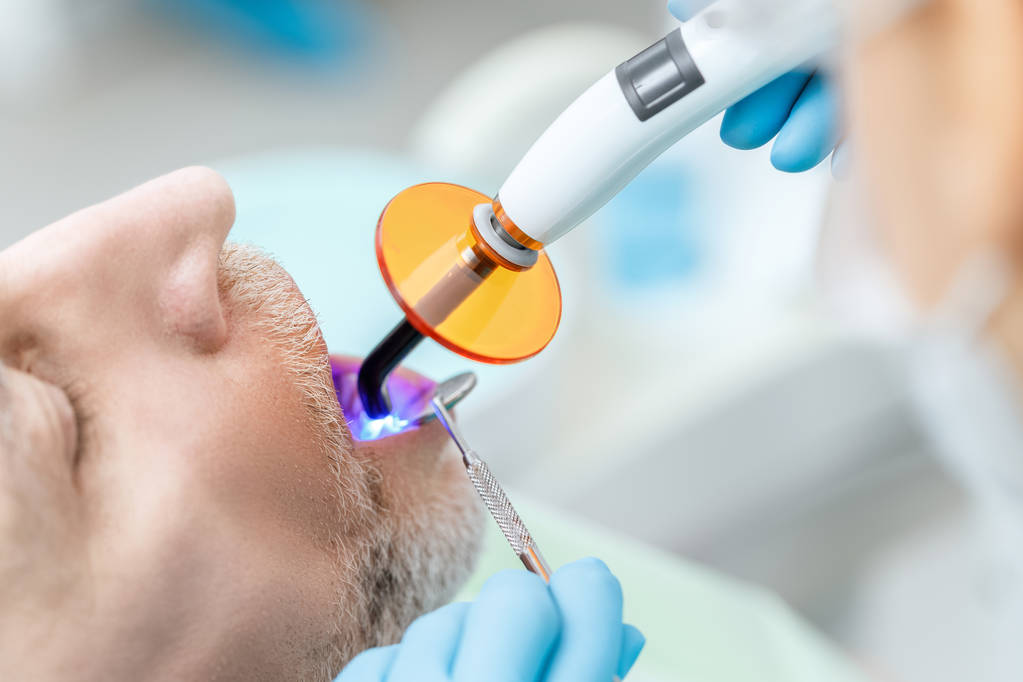
A white, bright smile is more significant than it’s often given credit for. It’s the first impression everyone has from a photograph, a conversation, or even a passing glance. Beyond the way a person appears, a white, bright smile means confidence, good health, and self-respect. With the technology advances and greater focus on looks, tooth whitening has evolved a great deal—and it’s no longer the realm of celebrities and fad clinics.
The Growing Obsession With White Teeth
Whiter teeth are now a standard part of grooming routines for individuals of all ages. Social media, video calls, and filter photos have all helped to create greater expectations for how the teeth will look. An occasional touch-up at holiday or special occasion is now part of standard self-care.
Even though there isn’t one specific definition of the ideal smile, there is a consensus that a shade that looks natural but radiant is preferred universally. This demand has created an entire industry of services and products to make teeth whitening more comfortable, convenient, and customized.
Home Whitening Solutions
One of the most drastic changes is the amount of products that can be utilized at home. These products are more sophisticated than ever before, many of them including technology previously exclusive to professional use. Some of the most popular choices are:
- Whitening strips: Even one of the most popular options, these flexible plastic strips contain a peroxide gel that adheres to the teeth. They are convenient to apply and show results in a matter of a few days.
- LED whitening kits: The kits contain a bleaching gel and a blue light LED, which allegedly accelerates the bleaching process. These are now usually rechargeable with smartphone apps for session monitoring.
- Whitening pens: For quick on-the-go touch-ups, pens entail a swift swipe of gel that can be quickly applied discreetly.
- Toothpaste and mouthwash: Less heavy-duty than professional whitening procedures, these provide incremental improvement over time and allow results of more intense treatments to last longer.
Although convenient, these alternatives have their own disadvantages. They might not work for everyone, particularly for those with sensitive teeth or existing dental issues. Effects also differ based on the color of the natural tooth as well as the frequency of use of the products.
Professional Whitening Services
For those needing faster, more assured results, in-office treatments remain the next best choice. Those treatments are typically selected for weddings, job interviews, or major life transitions—times when appearance is truly everything.
A cosmetic dentist Sydney may offer high-level whitening treatments with more active chemicals in them, tailored to your requirements. They are mostly done in under an hour and can significantly whiten your smile in a one-off visit. It is more the accuracy of the application and attention given to safeguarding surrounding gums and enamel rather than the amount of the product that sets them apart.
Other more contemporary choices involve laser whitening, in which the bleaching gel is accelerated by a specific light to dissolve more embedded stains. These treatments are gaining popularity because they are faster and less sensitive afterward.
The Science of Whitening
Chemistry lies at the foundation of all the whitening treatments. Hydrogen peroxide or carbamide peroxide, which break down into oxygen molecules that permeate enamel and dentin, are utilized in most treatments. The molecules penetrate and destroy discoloring agents from food, drinks, smoke, or natural aging.
What must be understood is that whitening does not actually “bleach” the teeth like hair or clothing may be bleached. It changes the way that light reflects off of the surface of the teeth by removing or changing the discoloration particles. The enamel is not destroyed and the tooth structure is not changed if it is used correctly.
But thickness of enamel, current dental restoration (e.g., veneers or crowns), and mouth health beneath can influence the success of whitening treatment. That is why a professional evaluation is usually advised before going headlong for more invasive treatments.

Natural and Holistic Trends
More demand for complete dental care and naturally whitening treatments is on the rise. Procedures like oil pulling, charcoal toothpaste, and baking soda scrubs are preferred by those who are looking for chemical-free treatments. Even though these procedures are less scientifically validated for whitening, they are preferred by those who are looking for a gentler or eco-friendly regimen.
But natural trends are best approached with caution. Not everything that is “natural” is enamel-safe, and excessive use—notably of abrasive products—is destructive to enamel in the long term.
Whitening as Part of the Larger Picture
There is no whiter smile in a vacuum. It is part of an overall picture of oral health and facial balance. Most patients choose to combine whitening with other cosmetic treatments like bonding, contouring, or orthodontic corrections. This combination creates balance and proportion, not brightness.
Behind the scenes, prioritizing employee satisfaction is assisting dentists in riding the wave of interest in cosmetic treatments. From branding to service models, they’re guiding clinics through how to brand cosmetic services in a way that’s accessible, professional, and results-oriented. This has fueled the development of boutique dental experiences—environments that look and feel more like skincare studios than older clinics.
Final Thoughts
Teeth whitening has come a long way from the one-size-fits-all model. With science and technology advances, and the cultural shift to self-image and self-care, choices are limitless as never before for a dazzling, healthy-smiling smile. Either in the hands of a skilled technician or a well-studied home kit, the path to whiter teeth is now a matter of personal choice, supported by research, and fueled by choice.